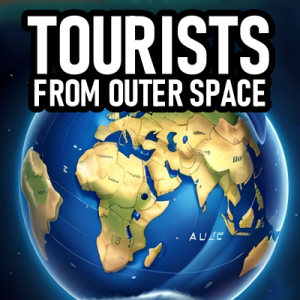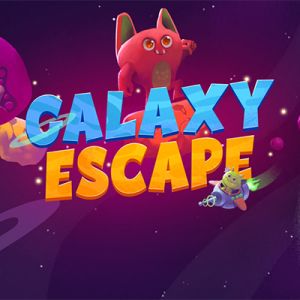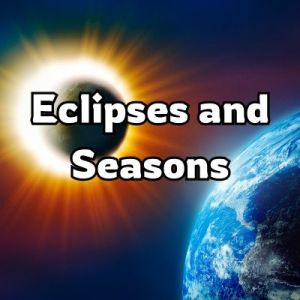Vocabulary
solar system, orbit, rotation, satellite, moon, apparent motion, constellation, axis, , eclipse, seasons, revolves, rotates, satellite, solar eclipse, lunar eclipse, total lunar, partial lunar, penumbral lunar eclipse, penumbra, orbit, ellipse, summer, autumn, winter, spring, axis, hemispheres,, Orbit, Axis, Path of Totality, Total, Partial, Penumbral, Eclipse, , eclipse, seasons, revolves, rotates, satellite, solar eclipse, lunar eclipse, total lunar, partial lunar, penumbral lunar eclipse, penumbra, orbit, ellipse, summer, autumn, winter, spring, axis, hemispheres,, Orbit, Axis, Path of Totality, Total, Partial, Penumbral, Eclipse, eclipse, seasons, revolves, rotates, satellite, solar eclipse, lunar eclipse, total lunar, partial lunar, penumbral lunar eclipse, penumbra, orbit, ellipse, summer, autumn, winter, spring, axis, hemispheres,, Orbit, Axis, Path of Totality, Total, Partial, Penumbral, Eclipse, Orbit, Axis, Path of Totality, Total, Partial, Penumbral, Eclipse



